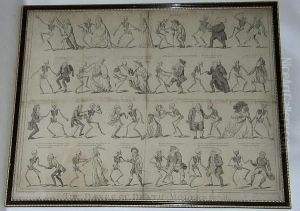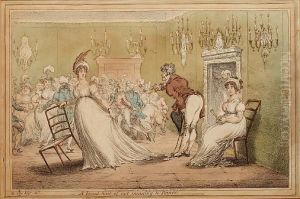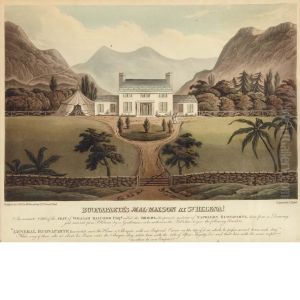Humphrey Hopper Paintings
Humphrey Hopper was an English sculptor born in 1784. Not to be confused with the American painter Edward Hopper, Humphrey Hopper's contribution to the arts was within the realm of sculpture during the late 18th and early 19th centuries. His life and work were part of a period that saw a transition from neoclassical styles to the more expressive and emotional currents that would characterize the Romantic movement.
Although not as widely known as some of his contemporaries, Hopper's work did achieve recognition during his lifetime. He was particularly noted for his funerary monuments, which were a popular form of sculpture during this era. These monuments were often elaborate, featuring figures and ornamentation that reflected the virtues or status of the deceased. They were typically commissioned by wealthy families and placed in churches or graveyards.
Hopper's career, like many artists of his time, was centered around commissions from the church, as well as from wealthy patrons. He was adept in working with marble and stone, which were the predominant materials for sculptures of the period. Hopper's style would have been informed by the works of neoclassical masters such as Antonio Canova and the teachings of the Royal Academy, where a young artist might study the works of the Old Masters, as well as the human form through life drawing classes.
Hopper's legacy includes several works that can still be seen today, mainly in the UK. His sculptures often exhibit a sense of calm dignity and grace, which was a hallmark of neoclassical sculpture. The focus on idealized beauty and the use of mythological and historical subjects were also characteristic of the period. However, there is limited documentation on the specifics of his oeuvre, and as such, his name is not as prominent in the art historical canon as some of his peers.
Humpery Hopper passed away in 1854, leaving behind a body of work that, while perhaps not as extensive or influential as that of the most famous sculptors of his day, still represents a competent and skilled interpretation of the neoclassical style. His work is a window into the tastes and values of the British upper classes during a time of significant social and artistic change.




